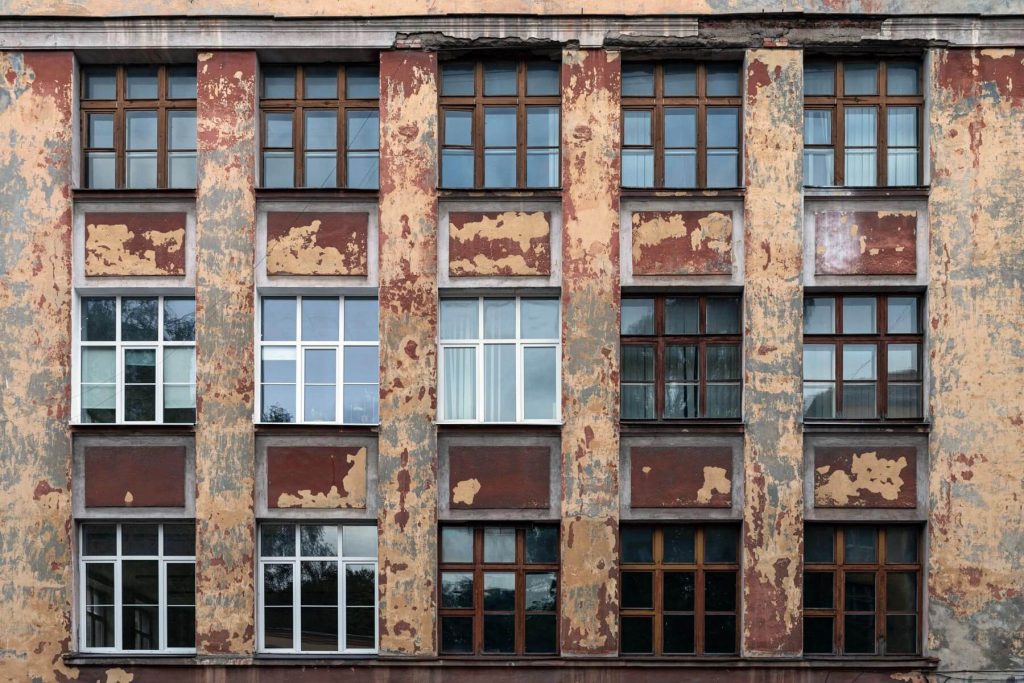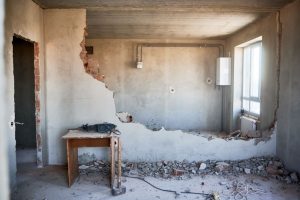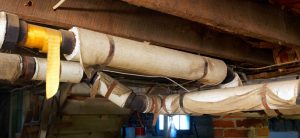You found the perfect location for your business. It sees a lot of traffic, and the facility gets noticed as people drive by. But the site is older. It hasn’t had tenants in years, or the current tenant has been on the property for a very long time, and the For Sale sign has been up for years.
You’re considering a renovation instead of a new building because it might be less expensive. But you need a plan in place to make sure this is the right move. Environmental Demolition Group goes over a checklist for developing a historic building.
Related Post: How We Achieve Select Demolition Services in Cincinnati
1. Know What You’re Getting Into
First things first. You need to know what you’re getting into before committing to developing a historic building. Get ready to invest in reports from experts detailing what needs to happen to prep the site before a single renovation crew steps foot in the building.
Engineers will inspect whether the old building’s structures and load-bearing members can withstand the improvements. They will ascertain the integrity of what’s standing. Some parts of the building’s structure may require some sensitivity to the history within. You may find that entirely new support structures may have to be put in place.
Demolition and/or hazmat teams will perform site surveys to determine what needs to be removed from the site before it can have new materials brought in. These experts will find out if there is mold, asbestos, guano, PCBs, or other hazards on the site. The amount and type of hazards will determine your costs in this phase of the project.
An architect will make accurate drawings of what’s currently there to assess what can and can’t be added. You’ll have more than one option, with varying levels of cost, as to what a developer can do with the site.
The key to this part of the project is documentation. The more documents you have, the better, to help give stakeholders an idea of what they are getting into. You’ll need to keep documentation throughout the entire process of developing a historic building.
2. Review Regulations
Federal, state, and local regulations determine what needs to be cleaned up and the methods used. If you’re renovating a historic structure, there may be some significance in the building itself, which may require certain levels of preservation. You’ll also need to bring the building up to modern code.
3. Retain & Maintain the Original Appearance
Retaining the original structure, if feasible, remains a top priority for developing a historic building. Just like bones and teeth can never truly be replaced by prosthetics or dentures, the same is true for the original structure of a building. Columns and load-bearing walls are the best things for keeping up the original structure because they are already in place.
One of the keys to developing a historic building is to maintain the appearance of the original material and method integrity. It’s almost as if you’re creating a museum from a previous time. For example, a large, freestanding fireplace was originally built with red bricks, but some are missing. The best practices here are to replace the missing red bricks with new bricks using a similar mortar color.
Related Post: Why Our Experienced Staff Makes Us a Top Select Demolition Company for Cincinnati
4. Partner With the Right Teams
Developing a historic building takes time, effort, and involvement from many entities. Yet the efforts are rewarding, producing a like-new facility that preserves the history of the place while giving your organization a viable building for workers, tenants, customers, and the community.
Have a big project in mind for a historic building? Contact Environmental Demolition Group or call 859-363-4863 to learn more about how we help preserve the history of your building while preparing it for renovation, thanks to our select demolition services.





